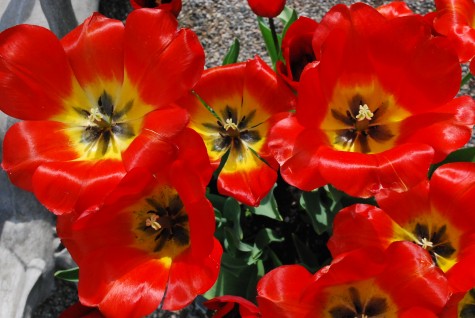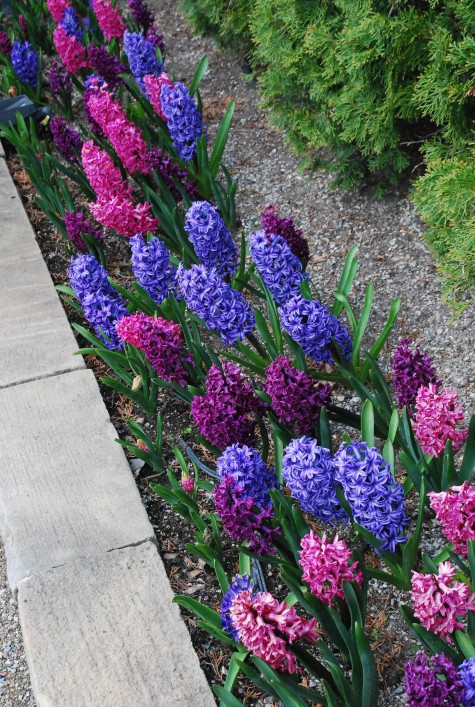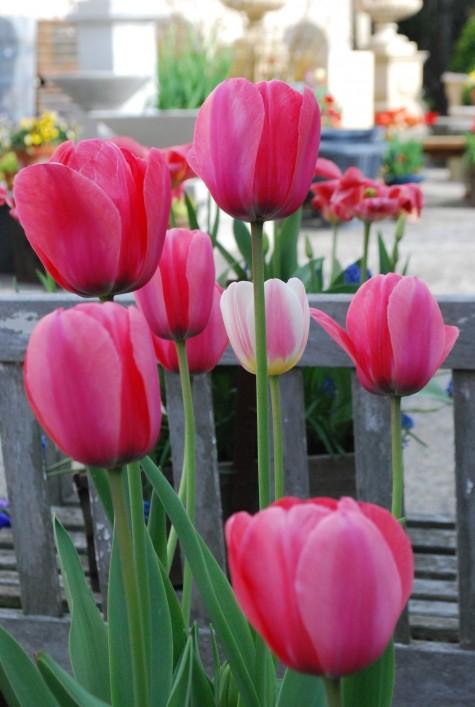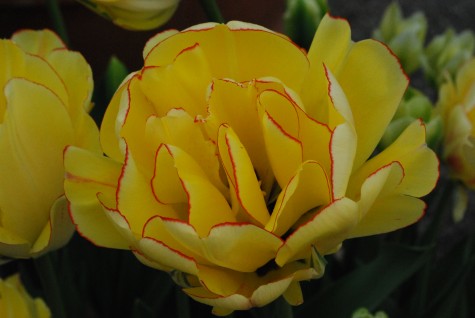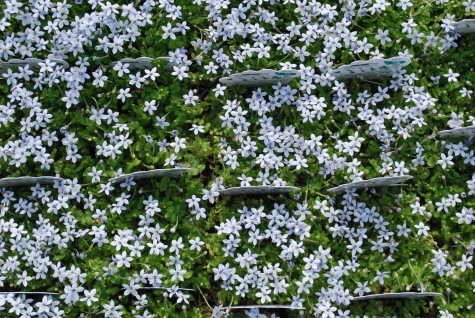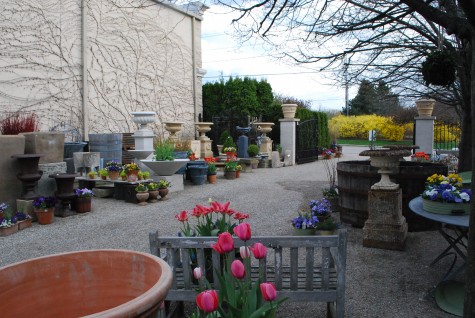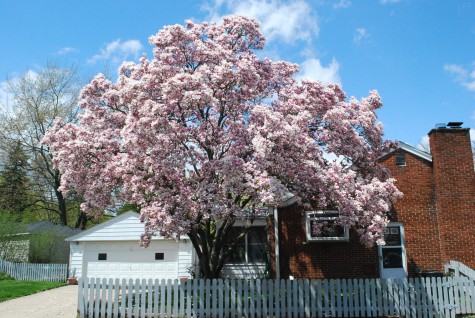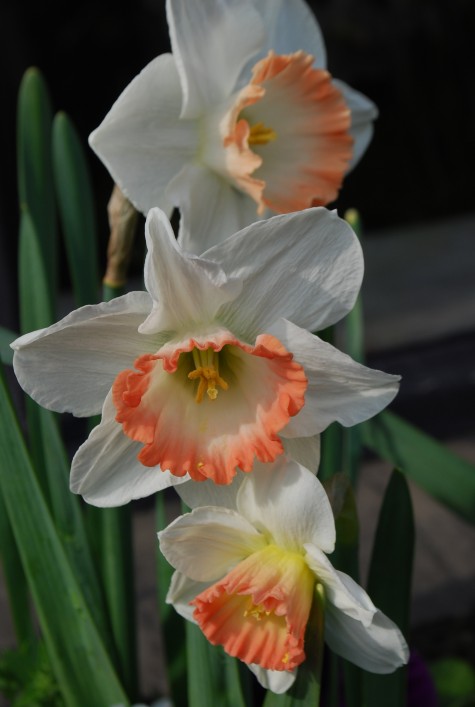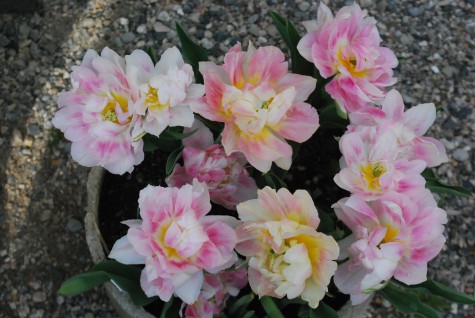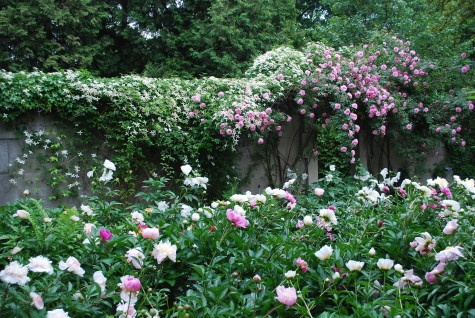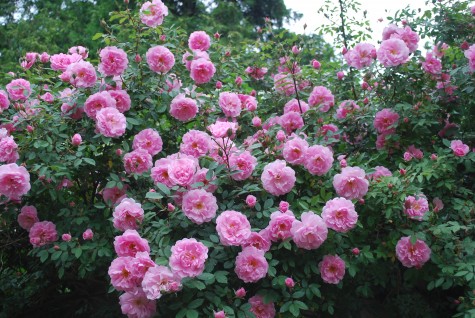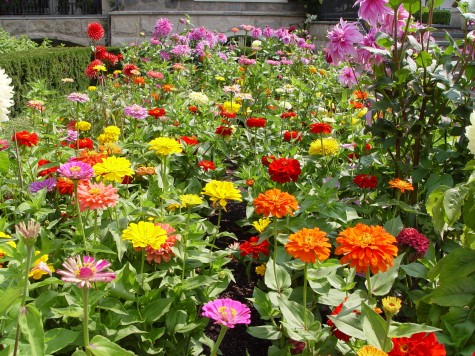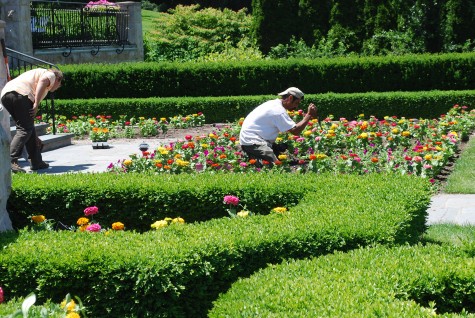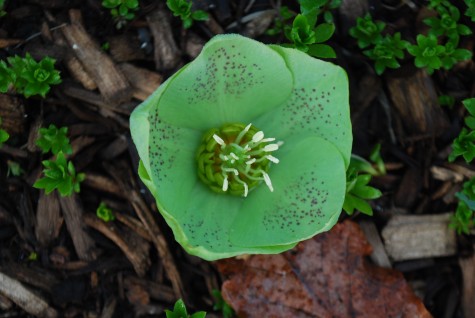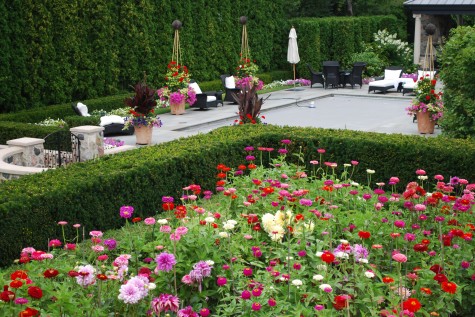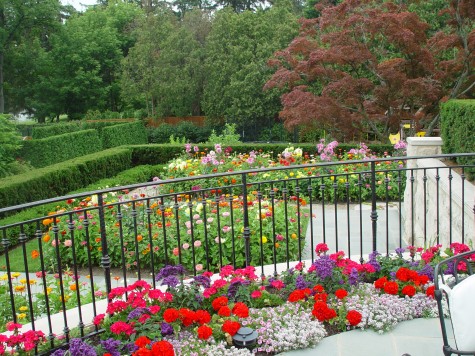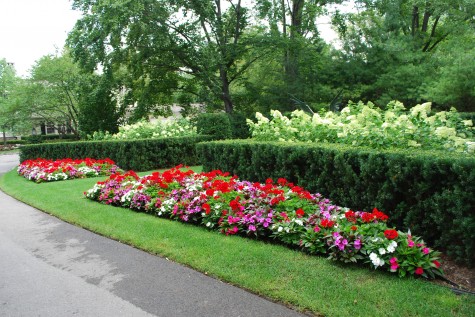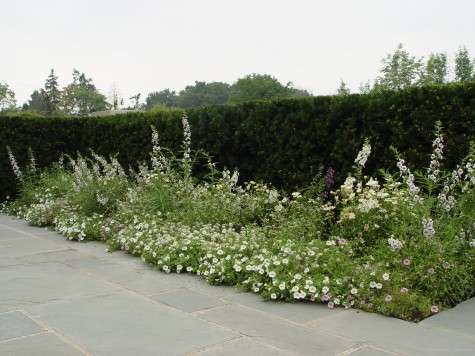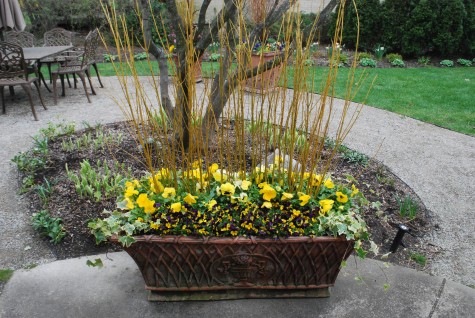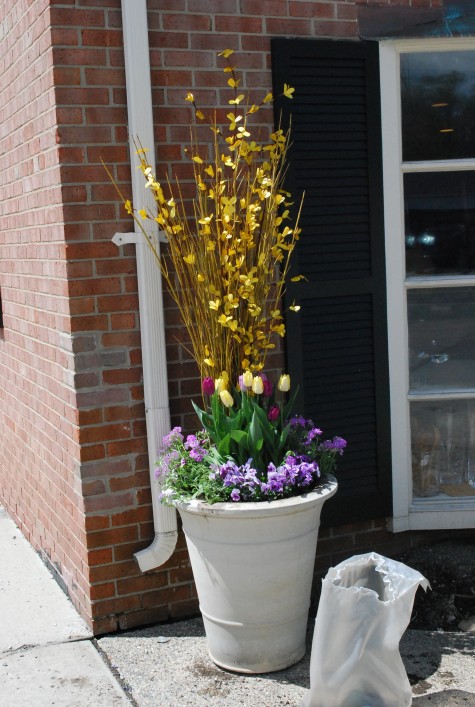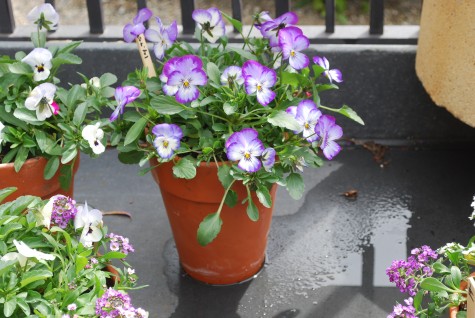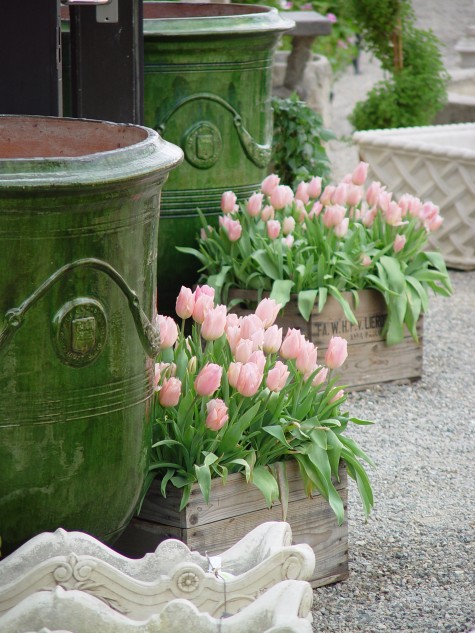I never had kids-much to my regret. For many years I had the idea that when I turned 50, I would adopt. I thought I would be ready. In fact, I would never had been able to handle the emotional storm. I was too old for what hard work parenting must be. Every day I see Mom’s (and a good number of Dad’s) explaining, teaching, cautioning, mentioning, and exploring my shop with their kids. Sunday we had lots of families-there was an equal amount of of instruction going on. I greatly admire this. The transmission of knowledge and attitude from one generation to the next seems so important. The 5 year old who was telling me in earnest about what would be in his garden was a good moment for me.
I have kids in the shop every day. Some are curious and quiet and ask startling questions. Some screech, wave their arms, throw gravel, and themselves into mud puddles, or cisterns filled with water. I am happy to say that even the most unfocused child eventually finds something to focus on at my place. The hoopla that preceeds the focus-more than exciting. I have no problem with the loud noises and tears-I rather like that people feel comfortable bringing their children to my place. Any child’s exposure to the living world seems like a very good idea.
Any child’s exposure to the world is a result of concerned parenting. Any experience truly felt and reinforced-stays. My Mom-she taught me how to grow things from seed. She taught me to love roses, gingko trees, and photography. She sheltered me-she saw that I ate properly, and had help with my homework. She was devoted to mothering me. A scientist by trade, I think the reality of having children shocked her. I was not the most well-mannered usual child. But she took me under her wing. She taught me. She prepared and encouraged me. She was but one half step behind me, all the years that she lived. I so miss her-that Mom of mine.
Mothering does not only apply to women. Every day, that instinct to give life to, teach, and successfully endow an idea with life applies to many people. People, both men and women, with ideas-they mother that idea until it is ready to stand on its own, for the betterment of all. There is all kinds of mothering that goes on. Gardeners mother their gardens; their hope to grow this or their dream to grow that is the basis for keen interest and lively conversation.
Every Mother’s Day-I miss my Mom. She has been gone 9 years. But I had a good Mother’s Day, nonetheless. A new to the shop Mom and a daughter bought my favorite pair of planted spring pots. Another dear friend Mom brought her daughter. There were Dads with kids asking for advice about tools. And the kids themselves-well mannered, inquisitive, and very lively. Those of you who still have your Mom-I am sure you treasure her. Those of you that mom a place, a garden, a property or a flock of hellebore seedlings-to all of you Moms-my best regards.
